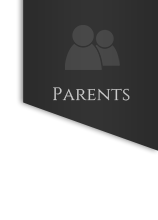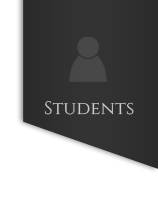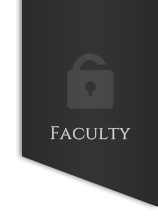Multi-Tiered System of Support (MTSS)/ RtI

Overview
The Multi-Tiered System of Support (MTSS) is a framework to help ALL students reach high standards.
MTSS is:
· A framework for effective problem solving to improve student outcomes.
· For ALL students including those that need enrichment.
· Flexible to meet the unique needs of districts and schools.
· Data informed and evidence based.
· Collaborative team-based decision making.
· A framework to make decisions about the need for further services.
The Goals of MTSS:
· Prevention oriented; knowing who needs support as early as possible each year and putting those supports in place.
· Implementing evidence-based interventions for all students and tailoring interventions based on student’s needs.
· Using progress monitoring data to know when to make changes in instruction.
The Choctaw Tribal Schools will implement the RtI process in an effort to improve student achievement and behavior. The RtI process represents appropriate practices in educating students and will use a three-tier model – Tier 1, Tier 2, and Tier 3.
Tier 1 – Quality instruction based on the College and Career Readiness Standards; school-wide efforts and practices available to all students. Students who are successful and making expected progress in the general education curriculum and are demonstrating social competence. Tier 1 data should indicate when a student is experiencing difficulty academically or behaviorally.
Tier 2 – Strategic/targeted intervention and supplemental instruction; designed for students that are struggling and not making expected progress in the general education curriculum or with behavioral expectations. These students may require small group instruction in the targeted area(s) of need.
Tier 3 – Intensive interventions and supplemental instruction; designed for students who are having difficulties with the grade-level objectives or behavioral expectations in the general education curriculum. Tier 3 interventions are implemented when data indicates that the student has failed to make progress at Tier 1 or 2. Educators begin to make decisions that may lead to further evaluation and identification for specialized services for individual students through Special Education. THIS TIER IS NOT SPECIAL EDUCATION. Some students benefit from intensive interventions and are able to move back to Tiers 1 and 2.
*The Tiers are not unidirectional; they are bidirectional. This means that a student can move from one Tier to another depending on the data collected by the classroom teacher(s). A child can remain in Tier 2 or Tier 3 until he/she graduates, if that is the best placement for the student and the student shows progress at that level.





